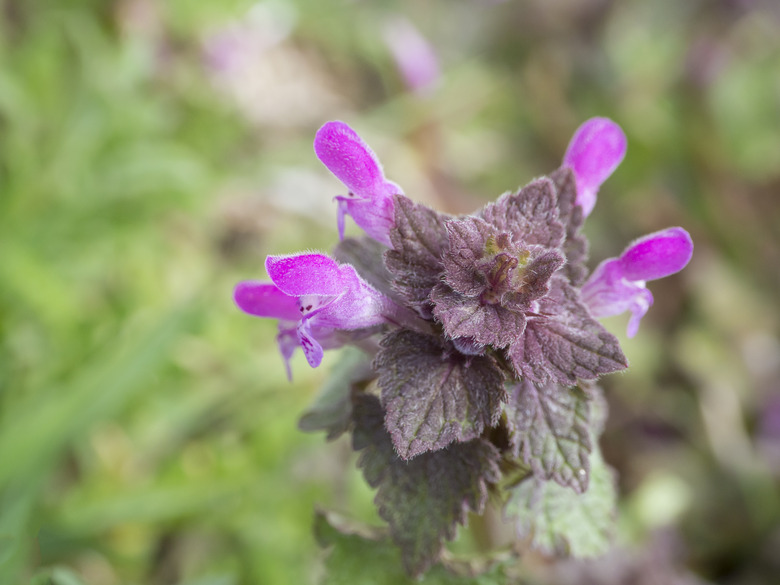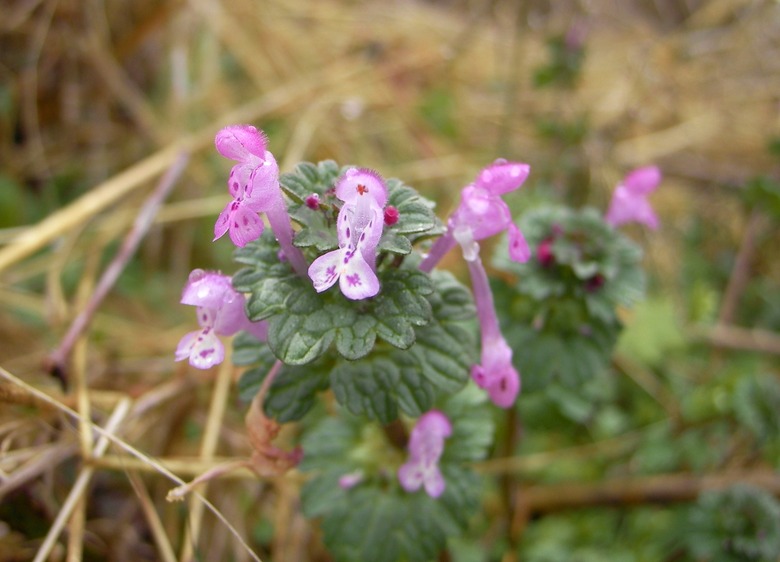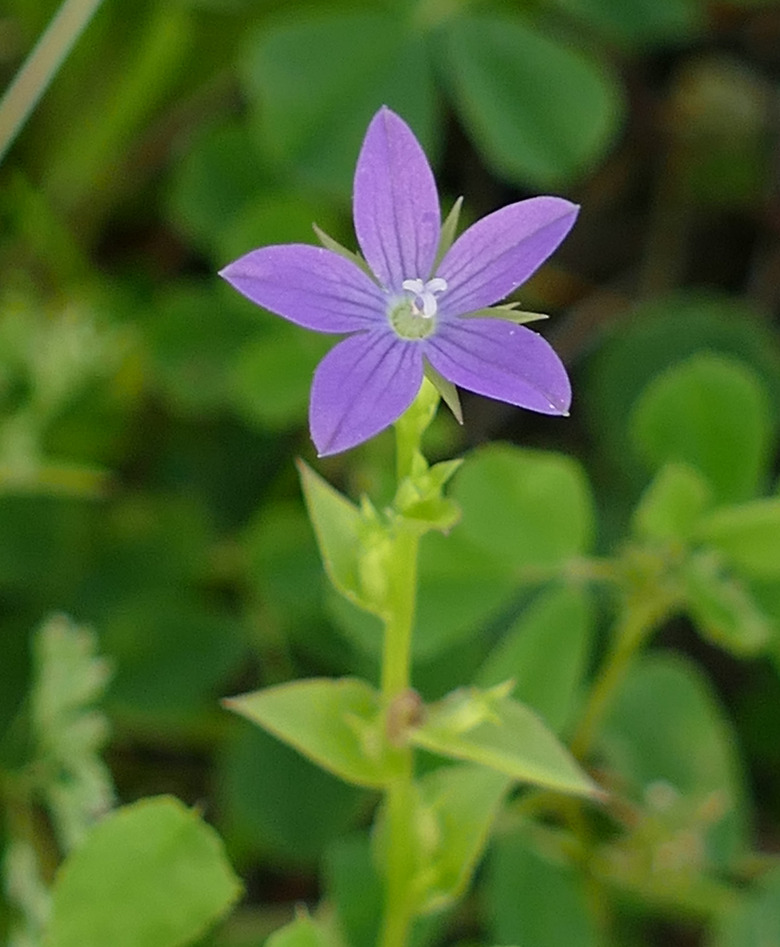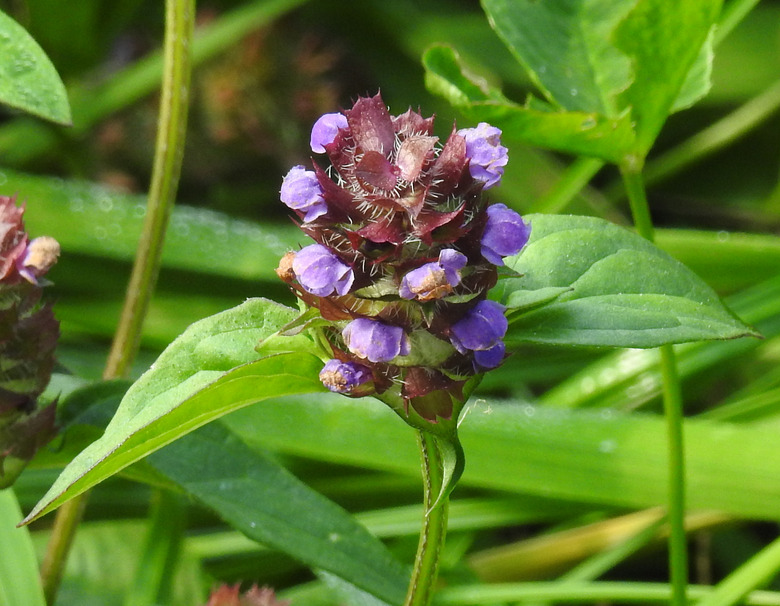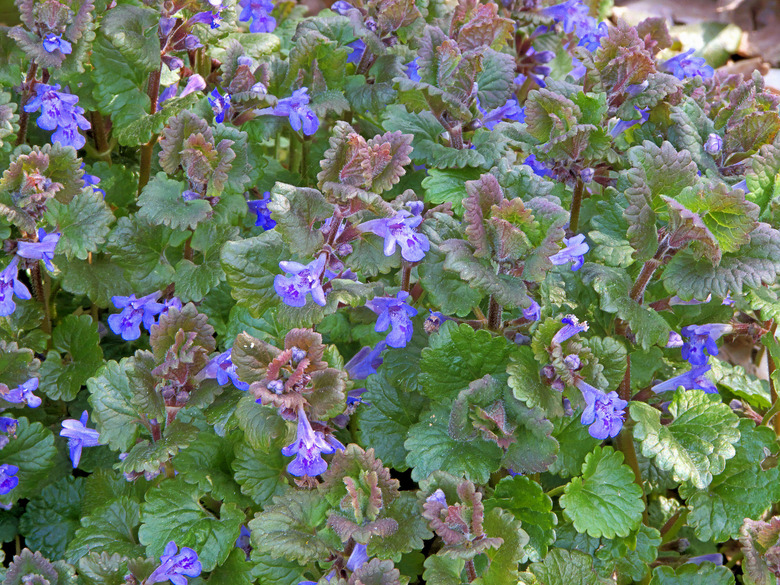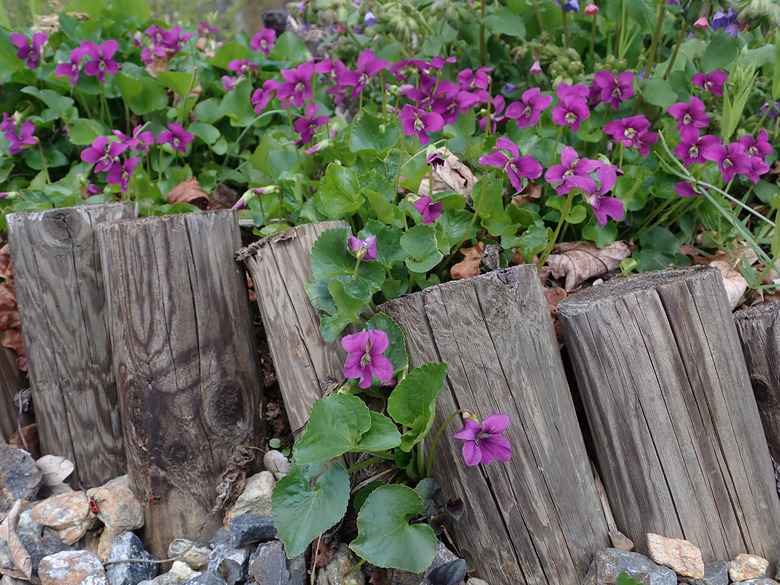How To Identify Lawn Weeds With Small Purple Flowers
What Weeds Have Purple Flowers?
A number of common weeds that invade lawns have green leaves and produce purple flowers in the spring. Some are native plants, while others have been introduced. Knowing what types of weeds you are dealing with is important, as it allows you to determine how to best control them.
While in some cases, an herbicide may be necessary, weeds can also be controlled by practicing good lawn care and mowing so that turf can compete with the weeds. Hand pulling weeds can also work if the infestation is not severe.
Annual Weeds With Purple Flowers
Both native and non-native plants with purple flowers can become weedy in a lawn. Let's look at some common weeds that are annuals, meaning that individual plants survive for one growing season, though reseeding means these plants can come back year after year.
Non-Native Weeds
If you notice purple flower weeds in your lawn in the winter time, you may be looking at purple deadnettle (Lamium purpureum) or henbit (Lamium amplexicaule), which are species in the mint family native to Europe that have been introduced in the U.S.
Both of these annual weeds have square-shaped stems. The leaves of these plants are opposite, meaning there are two leaves attached to a single node on the stem. The upper leaves of these appear stemless.
You can tell deadnettle and henbit apart by looking at the shape of the leaves. Deadnettle has triangle-shaped leaves, while the leaves of henbit are rounded. Both of these species produce purple flowers in the spring. The flowers are tubular, with two lips, the lower of which is divided into separate lobes.
Annual weed species with purplish flowers native to North America that can invade your lawn or your garden include the Small Venus' looking-glass (Triodanis perfoliata subsp. biflora). It is native to the southern U.S., as well as parts of Mexico and South America. Also known as the clasping bellwort and clasping bellflower, the flowers of this species have five petals.
Perennial Purple Flower Weeds
While many purple flowering weeds are annuals, others are perennial, which means that individual plants can survive for more than one growing season where they are winter hardy.
Selfheal
A native plant with purple flowers that can become a lawn weed is selfheal (Prunella vulgaris, zones 4 to 9), which produces flowers on distinctive terminal spikes that are about 2 inches in length.
Selfheal, also called heal all, can become weedy in damp, moist conditions. It is often found in fields and roadsides all over the U.S.
Creeping Charlie
Creeping Charlie (Glechoma hederacea, zones 3 to 10) is an invasive, low-growing perennial weed with purple, funnel-shaped flowers that appear in the spring. Also called ground ivy, it is an evergreen broadleaf plant.
The leaves of creeping charlie plants are approximately an inch wide and may be round or kidney-shaped. The edges are scalloped.
Creeping charlie is also a member of the mint family, and its leaves produce a strong, mint-like odor when crushed. Like selfheal, creeping charlie thrives in moist soil and shade.
Wild Violets
While many violets (Viola spp., zones 3 to 8) are prized for their purple flowers which have five petals, they can become weedy in lawns and garden beds. These plants spread by rhizomes and via seed production.
This flowering plant can be recognized by its heart-shaped leaves. While most violets have purple blooms, some plants have white flowers.
References
- North Carolina State Extension: Lamium Amplexicaule
- North Carolina State Extension: Lamium Purpureum
- North Carolina State Extension: Glechoma Hederacea
- North Carolina State Extension: Triodanis Perfoliata subsp. Biflora
- North Carolina State Extension: Prunella vulgaris
- NC State Extension: Turffiles – Wild Violet
- Missouri Botanical Garden: Violets in Lawns
